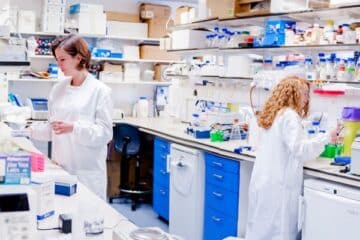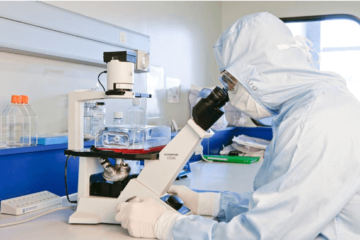Fertility Restoration in 2024 Stem Cell Therapy Leads the Way
In 2024, stem cell therapy emerges as a promising frontier in fertility restoration. This cutting-edge treatment offers hope to individuals seeking to overcome infertility challenges. Stem cells’ ability to differentiate into various cell types holds the potential to revolutionize fertility treatments.














